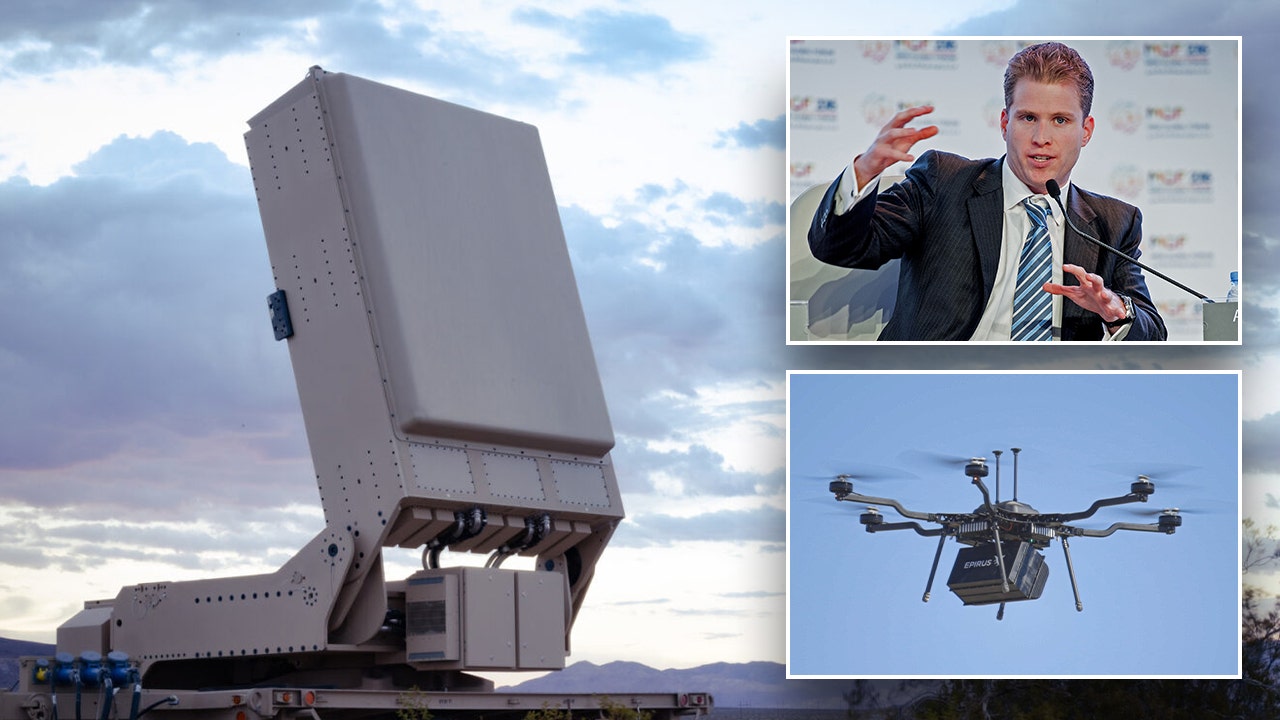High-Powered Microwave Technology: A Game Changer in Drone Defense
In a world increasingly dominated by aerial technology, the recent announcement of a substantial $250 million investment in high-powered microwave technology marks a pivotal moment in defense innovation. This funding aims to enhance systems designed to combat the burgeoning threat posed by drone swarms. As drones become more prevalent in various sectors, including agriculture, delivery services, and military operations, the need for effective countermeasures has never been more urgent. This article explores the implications of this investment, the technology involved, and the potential transformations it could bring to airspace security.
The Rising Threat of Drone Swarms
Drone swarms represent a significant advancement in unmanned aerial vehicle (UAV) technology, characterized by the coordinated operation of multiple drones to achieve a common objective. While this capability offers numerous benefits, such as enhanced surveillance and precision strikes, it also poses severe threats, particularly in military and civilian contexts. Drones can be used for:
- Surveillance: Gathering intelligence over vast areas.
- Attack: Delivering explosives or other payloads with precision.
- Disruption: Interfering with critical infrastructure and public safety.
As drone technology continues to evolve, so does the complexity of countering these threats. Traditional methods of neutralization, such as jamming signals or deploying physical projectiles, have proven insufficient against the rapid and coordinated movements of drone swarms. This is where high-powered microwave technology comes into play.
Understanding High-Powered Microwave Technology
High-powered microwave (HPM) technology utilizes directed energy to disable electronic systems within drones. This cutting-edge approach involves emitting concentrated microwave energy to disrupt the circuitry of UAVs, effectively rendering them inoperable without causing physical destruction. The key advantages of HPM technology include:
- Precision: Targets specific electronic systems, minimizing collateral damage.
- Scalability: Can be deployed in various environments, from military bases to urban settings.
- Cost-effectiveness: Reduces the need for expensive interceptors or missile systems.
The recent investment aims to advance these systems, enhancing their range, power, and effectiveness against large numbers of drones operating simultaneously.
Potential Applications and Impact
The implications of enhanced high-powered microwave technology extend far beyond military applications. As the investment drives technological innovations, several sectors could benefit significantly:
1. Defense and Military Operations
In military contexts, effective counter-drone capabilities are essential for protecting troops and critical assets. Enhanced HPM systems can provide:
- Increased safety for personnel in conflict zones.
- Protection of sensitive installations from drone surveillance and attacks.
- Operational advantages in battlefield scenarios, allowing for rapid neutralization of threats.
2. Civilian Infrastructure Protection
As drone usage becomes more widespread, protecting civilian infrastructure from malicious drone activity is crucial. High-powered microwave systems can be deployed at airports, stadiums, and other public venues to ensure safety without disrupting operations.
3. Anti-Terrorism Measures
In counter-terrorism efforts, high-powered microwave technology can be a valuable tool. By providing law enforcement and security agencies with the ability to neutralize drones used by terrorist groups, these systems can help thwart potential attacks before they occur.
Challenges and Considerations
While the prospects of high-powered microwave technology are promising, several challenges must be addressed. These include:
- Regulatory Issues: The deployment of HPM systems must comply with national and international laws regarding directed energy weapons.
- Public Perception: There may be concerns regarding the safety and ethical implications of using microwave technology in populated areas.
- Technical Limitations: Further research and development are necessary to maximize the effectiveness and reliability of these systems.
Addressing these challenges will be crucial for the successful integration of high-powered microwave technology into existing defense and security frameworks.
The Future of Airspace Security
With the increasing prevalence of drone technology, airspace security must evolve. The $250 million investment in high-powered microwave technology represents a commitment to developing innovative solutions that can meet these challenges head-on. As the technology progresses, we can expect to see:
- Improved Detection Systems: Enhanced radar and sensor technologies that work in tandem with HPM systems to identify and track drone swarms.
- Autonomous Defense Mechanisms: Integration of artificial intelligence to automate the detection and neutralization process, allowing for quicker response times.
- Collaborative Defense Strategies: Partnerships between military, government, and private sectors to share knowledge and resources in the fight against drone threats.
Conclusion
The infusion of $250 million into high-powered microwave technology signals a transformative shift in how we approach airspace security. By effectively neutralizing drone swarms, this investment not only enhances military capabilities but also fortifies civilian safety and infrastructure. As technological advancements continue to unfold, the future of airspace security looks promising, paving the way for a safer environment in which innovation can thrive. With ongoing research and collaboration, we can anticipate significant strides in our ability to combat emerging threats, ensuring that we are well-equipped to handle the challenges of tomorrow.
See more Future Tech Daily

